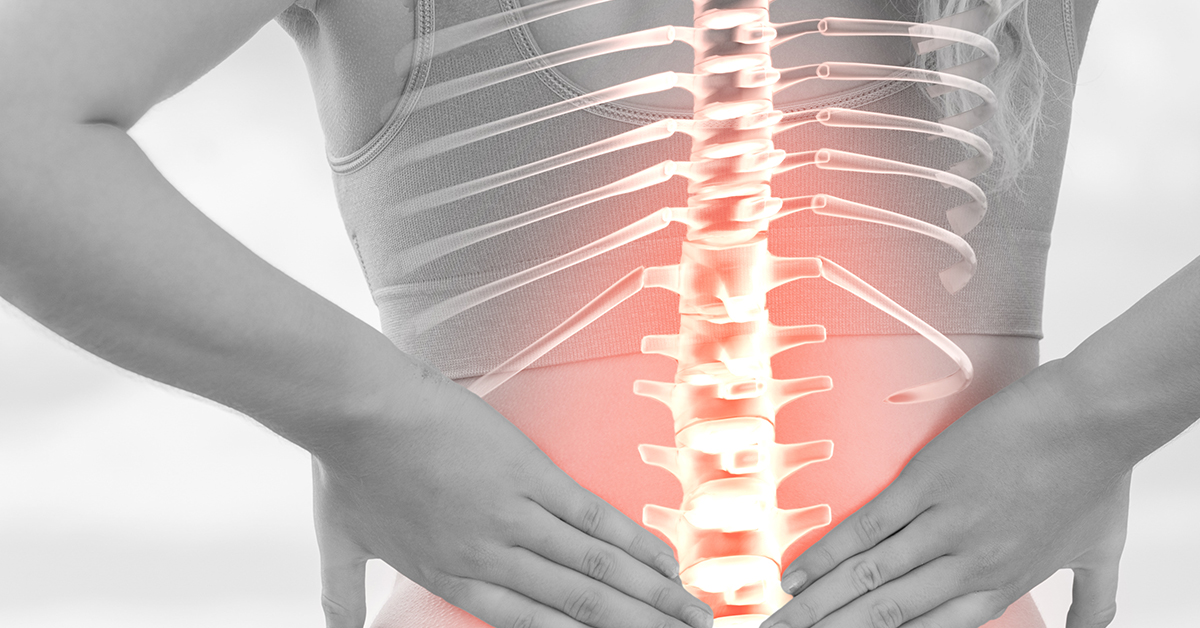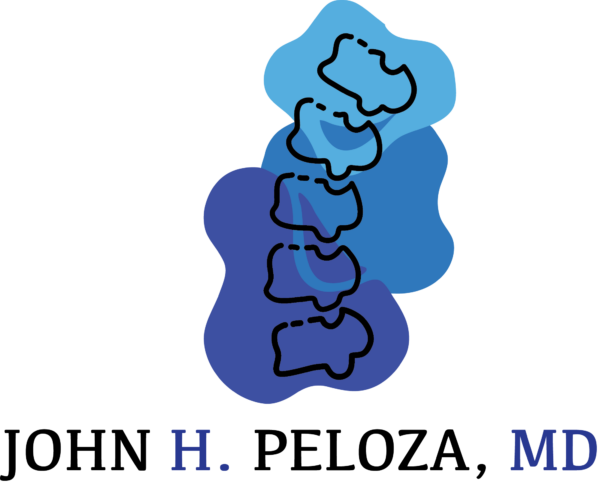
How to Destroy Your Spine: Part 2
In "How to Destroy Your Spine Part 1," you learned that lifting things incorrectly can wreck your back. But did you know you can destroy your spine even if you're just standing or sitting down? Even if it doesn't seem like you're doing anything physically taxing, poor posture may be ruining your back. Here's how:
Bad Posture
When standing, do you tilt your head in any direction, lock your knees, or put your weight on one foot? Do you slump your shoulders forward or keep them pulled so far back that your abdomen is pushed forward? When you sit, especially for long periods of time, do you find yourself leaning slouching or slumping? Do you put all your weight on one hip or lean toward your work? If you answered yes to any of these, your posture may be hurting you.
A healthy spine makes a slight S-shape. There should be a curve inward at your lower back, a slight curve outward at your upper back, and then another gentle curve inward at the top of your spine. A healthy spine has these curves, and good posture helps you retain them. Bad posture can increase the angles of the curves, putting your joints and bones in the wrong alignment and causing your body to work harder. This can cause fatigue, muscle strain, headaches, and back pain, but it can also put you at an increased risk of injury.
Good standing posture boils down to holding your chest high, keeping your shoulders relaxed but back, pulling in your abdomen and buttocks, and balancing your weight evenly on both of your feet. Your feet should be kept parallel.
When sitting, it's best to keep your back slightly arched and your head and shoulders straight. Keep your buttocks and back against the back of the chair, and your feet flat on the ground. You should make any necessary adjustments to your workspace to ensure you're sitting at a good height, preferably one where your hips are at the same level as your knees. It's also good to stand and stretch by putting your hands on your lower back and arching slightly backwards at least every hour to give your back a break.
An easy way to determine your best posture is to stand up straight against a wall, touching your buttocks, shoulder blades, and the back of your head to the wall. Keeping your heels two to four inches away from the wall, place your hand behind your lower back's curve with your palm flat against the wall. There should be approximately enough space for the thickness of your hand. Tighten the muscles in your abdomen if there's too much space and arch your back more if there's too little space. Once this is accomplished, you've found the correct posture for your body and should try to maintain it.



